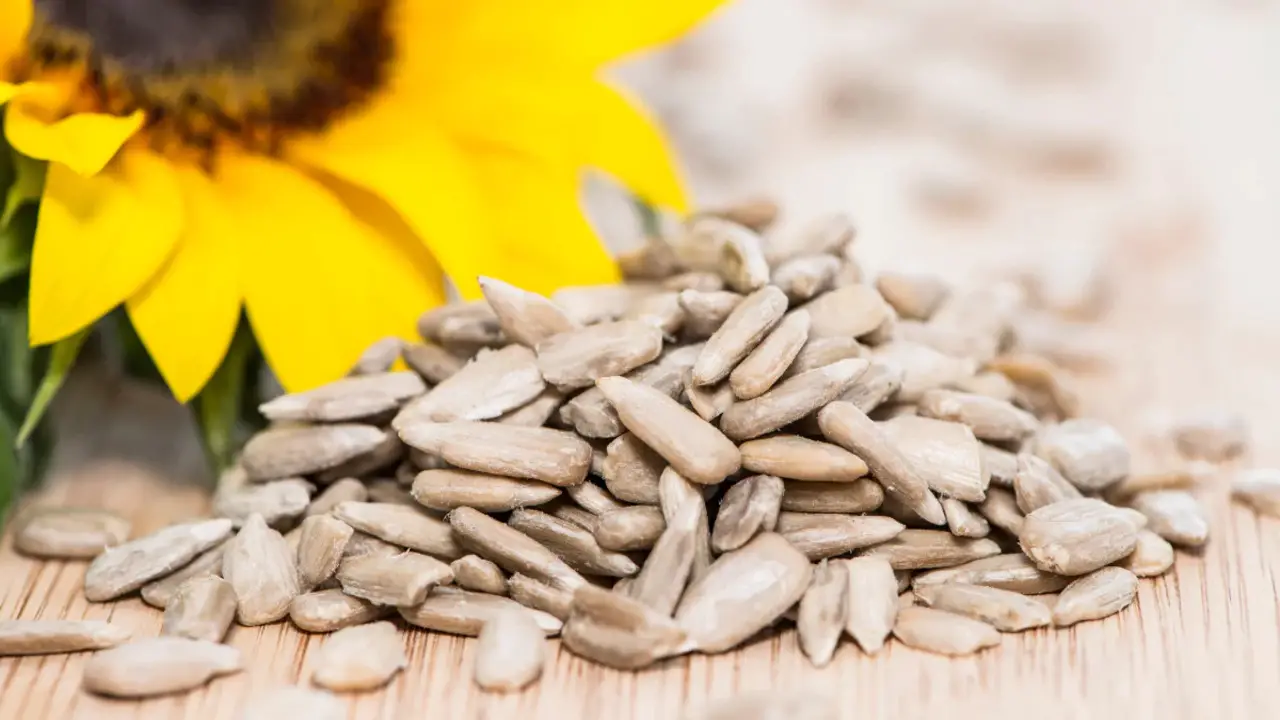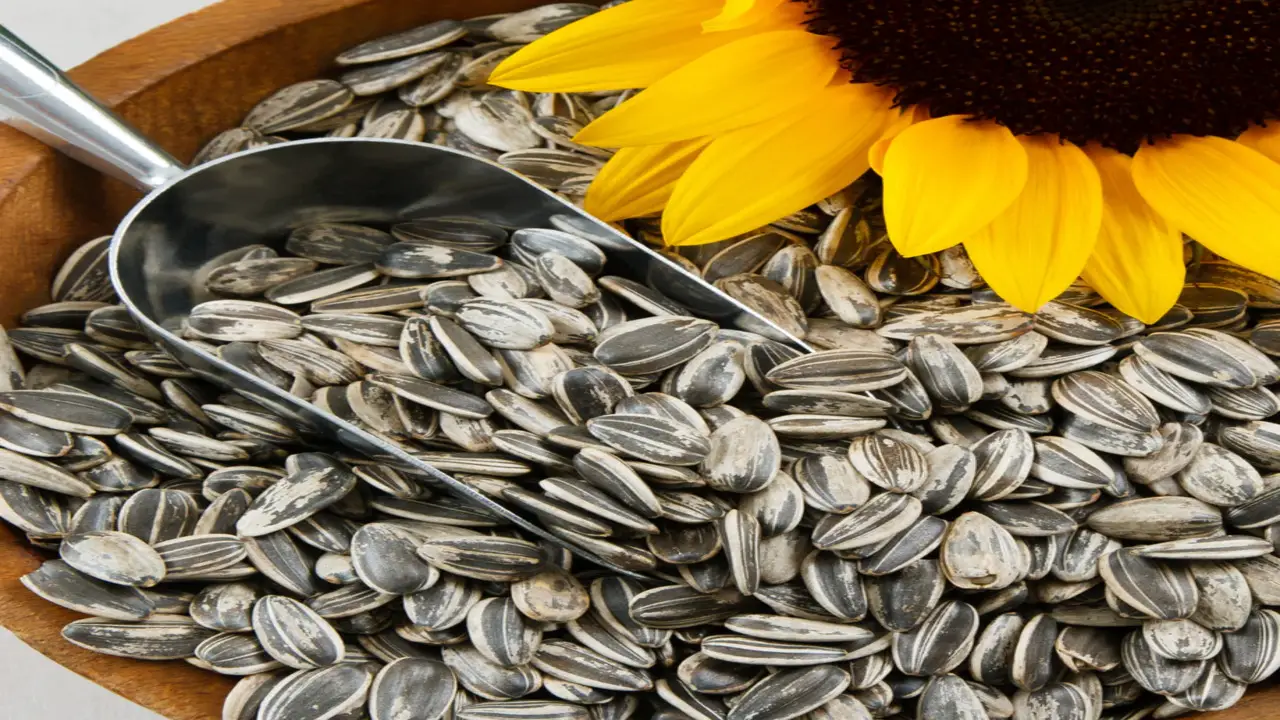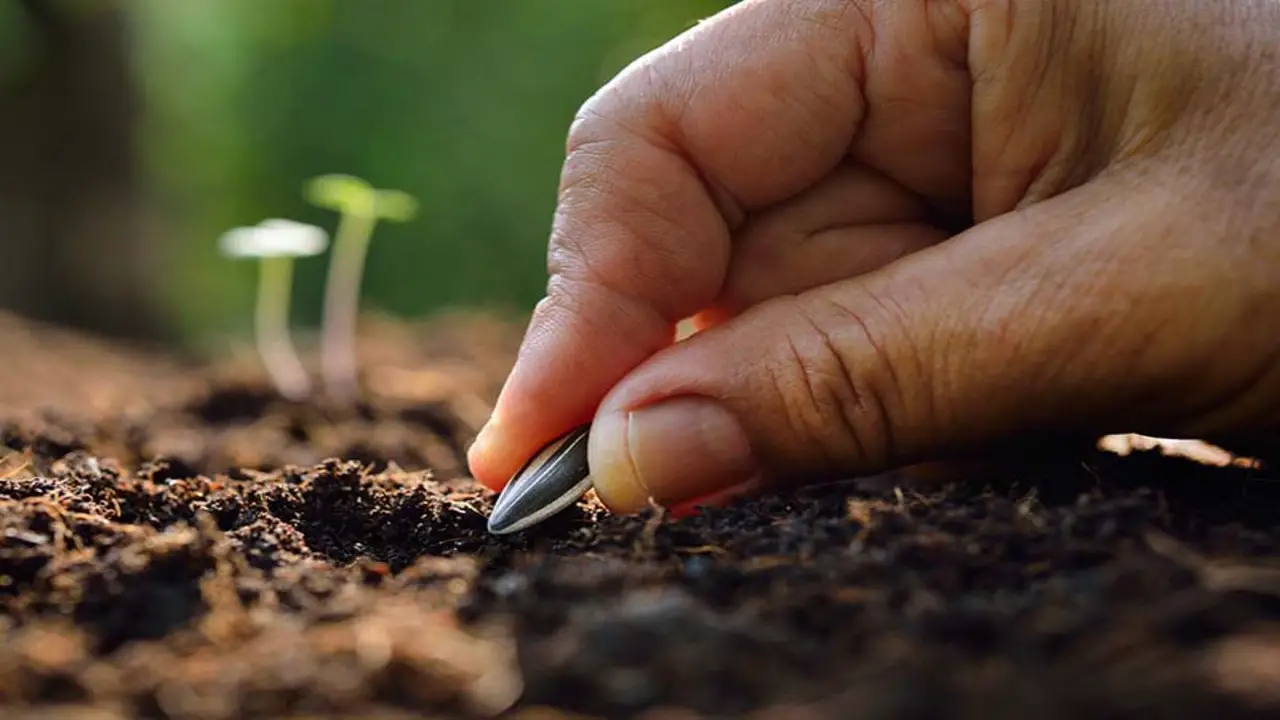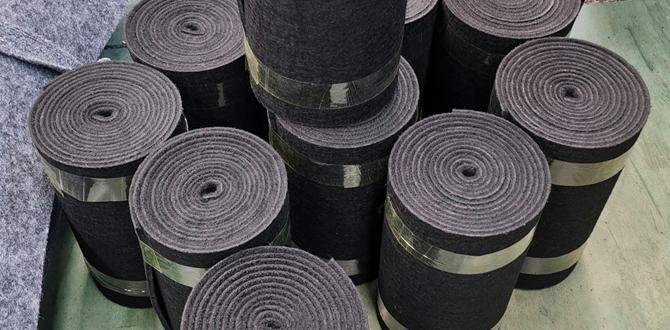Are you a sunflower lover who missed the optimal time for planting sunflower seeds? Don’t worry; we’ve got you covered. Sunflowers are known for their beauty and are easy to grow, making them perfect for novice and experienced gardeners.
However, knowing the right time to plant sunflowers is crucial to ensure a healthy growth cycle and maximize blooming potential. Here, we’ll dive into everything you need to know about how late can you plant sunflower seeds.
From understanding the growth cycle of sunflower plants to exploring factors like local climate and soil conditions that can affect planting success, we’ll cover it all. Plus, we’ll provide tips and tricks for successful planting during different times of the year so that you can enjoy beautiful sunflowers throughout the growing season.

The Importance Of Knowing The Optimal Time For Planting Sunflower Seeds

Knowing the optimal time for planting sunflower seeds ensures their optimal growth and blooming. Timing is vital in germinating and establishing healthy root systems in sunflowers. Understanding when to plant sunflower seeds can maximize the chances of successful growth and abundant blooms.
It also allows sunflowers to benefit from favourable weather conditions, avoiding potential challenges and disappointments. Whether you’re planting different sunflowers like Teddy Bear or Helianthus annuus, knowing the best time to plant ensures you can enjoy their cheerful blooms and potentially edible seeds.
So, consider your local climate, the first and last frost dates, and the specific recommendations for your region to determine the best time to sow sunflower seeds in your garden beds or outdoor space. You’ll be rewarded with tall stems adorned with bright yellow blooms by providing sufficient sunlight, water, and care at the right time of year.
Understanding The Sunflower Plant: Growth Cycle And Planting Requirements
Sunflowers have a distinctive growth cycle that includes germination, vegetative growth, flowering, and seed production. These beautiful flowering plants thrive with full sun exposure, well-drained soil, and adequate moisture. To ensure healthy growth, it is essential to provide sufficient spacing between sunflowers, allowing for proper air circulation and preventing overcrowding.
Sunflowers are generally low maintenance and can adapt to different soil types, making them a versatile addition to various garden beds and outdoor spaces.
Different varieties of sunflowers exhibit varying growth habits and planting requirements, providing a wide range of options for gardeners. From tall sunflowers with cheerful, bright yellow blooms to dwarf varieties suitable for smaller spaces, sunflowers offer a visually appealing and edible addition to any garden.
How Late Can You Plant Sunflower Seeds: Detail Answer

When planting sunflower seeds, timing ensures optimal growth and blooming. While sunflowers are known for their hardiness, it is still important to consider the ideal planting window for these vibrant flowers. The question of how late you can plant sunflower seeds depends on key factors. Here is a detailed answer of how late can you plant sunflower seeds:
Factors To Consider: Climate, Soil Conditions, And Local Frost Dates
Several factors must be considered to ensure successful growth when planting sunflower seeds. The climate in your region plays a crucial role in determining the appropriate planting time. Sunflowers thrive in warm climates with long growing seasons, so choosing a time when the temperatures are consistently favourable is important.
Additionally, soil conditions are vital for sunflower growth. Ensure the soil has adequate organic matter and proper drainage to absorb nutrients and water. Understanding the local frost dates is also essential.
Knowing the last average frost date and first fall frost date helps determine the planting window and minimizes the risk of frost damage. Lastly, consider any unique local factors affecting sunflower growth and development. Consider all these factors to maximize the chances of successful sunflower cultivation.
Early Spring Planting: Pros And Cons, Tips For Successful Early Planting

Pros
- Early planting allows for an extended growing season.
- Plants have a higher chance of establishing strong root systems.
- Early-planted crops may have higher yields due to longer exposure to sunlight.
Cons
Risk of frost damage: Early spring weather can be unpredictable, increasing the risk of frost damaging young plants.
- Soil Temperature: Cold soil temperatures can slow seed germination and hinder plant growth.
- Pests And Diseases: Some pests and diseases thrive in cooler temperatures, posing a potential threat to early-planted crops.
Tips For Successful Early Planting

Monitor weather forecasts closely and be prepared to protect plants from frost using covers or row covers.
- Warm the soil before planting using black plastic mulch or row covers.
- Start seeds indoors and transplant them outside when the weather and soil conditions are favourable.
- Choose cold-tolerant plant varieties that can withstand cooler temperatures.
- Provide adequate moisture and nutrition to support plant growth in potentially challenging conditions.
Late Spring Planting: Ideal Conditions And Considerations For Planting During Late Spring
Late spring can still be a suitable time for planting sunflower seeds as long as you take some important considerations into account. Ideally, the soil temperature should be around 50 to 55 degrees Fahrenheit (10 to 13 degrees Celsius) for optimal germination.
Choosing a sunny location with well-drained soil is important for your sunflowers to thrive. When planting in late spring, remember that the growing season may be shorter than if you had planted earlier, so selecting varieties with shorter maturity times can help ensure successful growth and flowering before the first frost.
Additionally, regular watering and weed control are crucial during the establishment period to give your sunflowers the best chance of reaching their full potential. With proper care and attention, even late-planted sunflower seeds can result in beautiful blooms later in the season.
Early Summer Planting: Timing And Tips For Latecomers To Sunflower Planting
If you plan sunflower seeds later in the summer, don’t worry – it’s not too late! While sunflowers are typically planted in the spring, they can still be successfully planted in early summer. Following these tips and selecting appropriate varieties, you can still enjoy beautiful blooming sunflowers, even if you’re a little late to the planting game. Here are some timing and tips for latecomers to sunflower planting:
- Choose Fast-Growing Varieties: Look for sunflower varieties that have a shorter growing season, such as dwarf or early-flowering varieties. These will have a better chance of reaching maturity before the end of the growing season.
- Prepare The Soil: Sunflowers prefer well-drained soil with plenty of organic matter. Before planting, amend the soil with compost or aged manure to improve its fertility and drainage.
- Provide Adequate Water: Sunflowers need regular watering, especially during hot summer. Keep the soil evenly moist but not waterlogged. Mulching around the base of the plants can help retain moisture and suppress weeds.
- Protect From Strong Winds: Late-planted sunflowers may have a shorter stature and weaker stems. To prevent wind damage, stake taller varieties or plant them in a sheltered location.
- Monitor For Pests And Diseases: Late-planted sunflowers may be more susceptible to pests and diseases, so watch for common issues like aphids, powdery mildew, or bird damage. Take appropriate measures to protect your plants if necessary.
Late Summer Planting: Is It Too Late? Exploring The Possibilities And Potential Challenges
Late summer can still be a viable time to plant sunflower seeds, but it comes with challenges. While sunflowers typically thrive in warm weather and full sun, planting them later in the season means they may not have as much time to grow and reach their full potential before the colder months arrive.
This could result in shorter plants or smaller blooms. Also, late summer planting may increase the risk of pests and diseases, as these can be more prevalent during this time. However, with proper care and attention, it is still possible to have successful late summer plantings of sunflowers. Providing adequate water, nutrients, and protection from pests can help give your sunflowers the best chance of thriving, even when planted later in the season.
Fall Planting: Alternative Options For Those Looking To Plant Sunflowers Later In The Year

If you missed the traditional planting seasons, fall planting provides alternative options for growing sunflowers. Consider choosing cold-tolerant sunflower varieties that can withstand cooler temperatures. Opt for early-maturing types to ensure sufficient time to grow and bloom before the first frost date.
Providing extra protection against light frosts with frost blankets or row covers can help prolong the growing season. Keep an eye on soil moisture levels, as the fall season may bring unpredictable variations in precipitation. Fall planting of sunflowers offers a chance to enjoy their cheerful blooms and tasty snacks of edible seeds, even if you couldn’t plant them earlier in the year.
Extending The Season: Techniques For Prolonging Sunflowers’ Growth And Blooming Period
To extend the growing season and enjoy the beauty of sunflowers for a longer period, there are several techniques you can employ. One option is to start sunflower seeds indoors or use transplants, allowing you to get a head start before the outdoor planting season.
Another technique is successive planting, where you stagger the sowing of your sunflower seeds. This can result in a prolonged blooming period as different batches of sunflowers reach maturity at different times.
Deadheading spent flowers is also important as it encourages continuous blooming by redirecting the plant’s energy towards new growth. You can consider side-dressing or foliar feeding your sunflowers to provide additional nutrients. Finally, protecting young plants from early fall frosts with covers or bringing them indoors can help prolong their growth and blooming period.
Conclusion
The optimal time for planting sunflower seeds depends on various factors such as climate, soil conditions, and local frost dates. While early spring and late spring are ideal for sunflowers, planting in early summer is also possible for those who have missed the recommended timeframe.
Late summer and fall planting are options, although they may have certain challenges. Additionally, techniques such as extending the growing season can help prolong the blooming period of sunflowers. So, whether you’re an early bird or a latecomer, there are opportunities to enjoy the beauty of sunflowers throughout the year. We hope you understand how late can you plant sunflower seeds.
Frequently Asked Questions
1.Is August Too Late To Plant Sunflower Seeds?
Ans: Depending on your location and climate, August may not be the ideal time to plant sunflower seeds. Sunflowers require warm soil temperatures to germinate and thrive. Consult with local experts for specific planting recommendations in your area.
2.What Is The Best Month To Plant Sunflowers?
Ans: The optimal time for planting sunflowers varies depending on your location and climate. Generally, it is recommended to plant sunflower seeds in the spring after the last frost date in most areas. However, in warmer regions, sunflowers can be planted throughout the summer. It is crucial to check the specific planting recommendations for your region.
3.How Late In The Year Do Sunflowers Grow?
Ans: Sunflowers typically grow during summer and mature for around 70-100 days. Late planting may result in smaller or fewer blooms due to reduced sunlight and cooler temperatures. However, sunflowers can still be planted in some regions until early August for a fall harvest.
4.Is June Too Late To Plant Sunflowers?
Ans: Planting sunflowers in June depends on the climate and location. While it may still be a good time in some regions, areas with shorter growing seasons may find it too late for full development. Check with local gardening experts or consult planting calendars specific to your area.
5.Is It Too Late To Plant Sunflower Seeds?
Ans: It depends on your location and climate. Sunflower seeds can be planted in warmer areas as late as early summer. It is best to plant sunflower seeds in the spring in cooler areas. Check the seed packet or consult a gardening expert for specific planting times.







